Contents
- Tools, Calculators and Simulations
- Dashboards and Reports with Charts
- Automate Jobs with VBA macros
- Solver Add-in & Statistical Analysis
- Data Entry and Lists
- Games in Excel!
- Educational use with Interactive features
- Create Cheatsheets with Excel
- Diagrams, Mockups, Gantt Charts
- Fetch live data from web
- Excel as a Database
Excel is one of the most used software in today’s digital world. Most people quickly open up an Excel file when they need to write or calculate anything. It is like “paper”. (remember those graph notebooks from school times..)
Actually, this is not only specific to Microsoft’s Excel but most of the spreadsheet software like open office or google sheets. However, we will focus on Excel and what can you do with it today, as it offers huge flexibility you will discover below.
Let’s start with the main usage areas of Excel. As we all know, spreadsheets are designed to make calculations easier. So they contain “formulas”. They allow us to make basic math like summing, multiplying, finding average as well as advanced calculations like regression analysis, conversions, and so on.
When we combine these powerful math features with some tables, lists, or other UI elements, we can come up with a calculator. And most of the time they will be dynamic (meaning that when you change a parameter all the rest of the calculations will adapt accordingly)
Below see an example from our past studies as Someka:
We have built this calculator for an app development company executive. He was changing the parameters he wants and sees the outcomes immediately.
This is great especially when you try to make big “models” in excel. Financial Modeling is one of the most used application areas of these big models. If we tried to do this with pen-paper (which used to be the way once upon a time) it would be horrible I guess:
Financial modeling is also being used to test the excel skills of experts. They even make a competition for it: ModelOff
We also have a tool for startups to make a feasibility study playing with their own variables:
This is a comprehensive Feasibility Study Excel Template for app startups with download projections, costs, financial calculations, charts, dashboard, and more.
The business world is demanding. It is not enough just to make the calculations, set up your tables, and write the text. You have to create pie charts, trends, line graphs, and many more. Whether you are getting prepared for your pitch or make a presentation in your company, you can use Excel’s chart features.
Pivot Tables
One of the greatest features which Excel offers is Pivot tables. This is an advanced Excel tool that helps you create dynamic summary reports from raw data very easily. After you create your table you can play with parameters easily with a drag and drop interface.
It looks like this:
Dashboards
Complex excel models do have lots of variables, calculations, and settings. And instead of managing all variables one by one on different sheets, different places it is a very good idea to put them together like a “control panel”.
You can think dashboards as cockpits of planes.
Recently dashboards became very popular. There are lots of training videos about how to build and design control panels for our excel models. Actually, they are not so different from the rest of the calculations.
But the main idea is: if there is something you may want to change, later on, don’t write it directly in the formula but bind it to a variable.
Let’s say you are building a sales report for your manager. He asks you to make the file changeable so that he can see the results in US dollars or Euros according to the situation. Instead of writing an Fx rate into the calculations, you should bind this to a cell that you can play with later on.
Like this:
This may seem so obvious to some of you. But this is the basic approach of all dashboards in excel files. Of course, you can improve it with more complex formulas, buttons, cool charts, and even VBA but the main idea stands still.
Here is an example of a complete set of the dashboard:
Or a dashboard for a livestock feasibility study:
If you are interested in Sales Dashboards, you may want to check out our Excel template:
This is an interactive Sales Report Template in Excel. Features a dashboard with profitability, sales analysis and charts.
Other than that, Marketing ROI Calculator would be very helpful to prioritize your marketing campaigns in Excel:
It will provide essential metrics and help you to manage all your marketing campaign channels in one place.
Most of the users who use Excel extensively are already coding. But if you ask them whether they know how to code most probably they will say no. Of course, writing formulas is a very small part of the things you can do with VBA. It is a strong programming language that lets you create small scripts (macros), user forms, user-defined functions, add-ins, and even games! (which we will touch below separately)
I will not dive into VBA here since it is a detailed area. But there are some basic things that will be beneficial to know for those who use Excel often:
- You can record macros for repeating jobs: You don’t need to code from scratch. Just click on the record macro button and it will write the code for you in the background. (If you want, you can modify later on)
- It extends the borders of Excel world. If you feel like you are limited somehow in Excel, you are more like an advanced user. It is time to get a little bit into VBA.
- You can create user forms with VBA only. If you see something like this, know that it is using VBA:
VBA is quite powerful and if you work with Excel extensively you won’t regret learning a bit. For example wouldn’t it be nice if you could send bulk emails from an Excel spreadsheat with a button click?
It is not surprising for spreadsheet software like Excel to offer advanced math techniques to make more complicated studies. (To be honest, I am not a statistics expert but with an engineering background, I will try to do my best to explain the basics. Feel free to correct me if I’m wrong)
Data analysis is a trending concept for recent years with the development of powerful computers and improved software. We are collecting and recording much much more data compared to the past. Take a look at this chart to understand what I mean:
Especially this part:
“more data has been created in the past two years than in the entire previous history of the human race”
It is a bit frightening, isn’t it? Ok, we are not going to dive into the “Big Data” world. Let’s get back to our humble excel world.
As we collect this much data, some people will want to analyze it. Otherwise, it makes no sense to spend billions of dollars on those data centers. Excel has built-in functions for basic descriptive statistics methods like Mean, Median, Mode, Standard Deviation, Variance etc.
But if we want to go a bit further I will mention two Excel features (actually add-ins) at this step: Solver and Regression Analysis
Solver
Have you ever heard of “optimization”? When we have more than one parameters that affect the outcome, we can only have a most optimized solution rather than a maximum solution. This may sound weird but it is very valid in our daily lives.
One of the simplest and popular examples is: Farmer Fence Optimization Problem
“A farmer owns 500 meters of the fence and wants to enclose the largest possible rectangular area. How should he use his fence?”
This is a very simple example to explain what a solver does. But actually, you can run much more complicated data sets with Solver.
Regression Analysis
Since this is a bit advanced topic for this blog post, I will only touch the surface.
In most simple terms, regression analysis helps you find the correlation between the variables. For example, you may want to know what is the relation between the number of birds flown over your head and the money you earned today. (sorry for the silly example. No, I am not curious about it 
It seems something like this:
You put your data:
Run the regression from Analysis Toolpak:
And get results something like this:
Of course, there is much more sophisticated software to run data analysis. However, there is a joke in business intelligence communities:
- What is the most used feature of any business intelligence solution?
- It is “Export to Excel”
Looks like we won’t stop using Excel anytime soon.
Coming back from boring data analysis world, let’s mention the simplest and most handy usage area of excel: Make Lists!
It is already self-explaining so I won’t bother with the details. When you want to list down some simple data, take notes, create to-do lists, or anything. Just open the excel and write it down. Did we mention that “paper alternative” thing? Oh yes, we did.
A lead list example:
You can also convert PDF files into Excel files in order to make it easier to work on. This can be done automatically with some software. But some pdf files cannot be processed automatically (like handwritten documents, scanned invoices, etc). You will need to do it manually.
When you want to play with the data on a web page, you can easily copy-paste it into an excel file and then you can sort, filter or do anything you want:
For example, Fortune 500 US List:
Everybody loves to-do lists. And we have created useful to-do list in Excel for business or personal uses. Check it out, it is free:
To-Do List Excel Template
We already mentioned this in the VBA section above. But it is worth to talk a bit more.
Visual Basic allows you to code complex things like games as well. But of course, don’t expect a GTA or FIFA. Things like chess, sudoku, or Monopoly is OK. But, a few people have gone far and created more complicated things, like an RPG game. Take a look at this:
This game has been created by an accountant, Cary Walkin. I know it doesn’t look great but it is in Excel! (you can play it at the office 
Another example:
A flight simulator in Excel?? Is it the same thing we use to sum up the sales figures? Lol yeah.
You can also embed flash games into Excel (like Super Mario, Angry Birds or whatever) But I count them off as they are not built with VBA.
As we mentioned in the Financial Modeling section, Excel is quite good for creating dynamic results according to the inputs. We get the benefit of this to create interactive tools.
One example that comes to my mind is this spreadsheet, guys from San Francisco have prepared:
I haven’t tried it myself but an Excel tutorial in Excel. Liked the idea!
Another similar interactive Excel learning tool is from Keyskillset:
Actually, this is not completely in Excel and works as separate software but I liked how they combine the Excel training with gamification features.
Quizzes are good tools for interactive learning and you can prepare in Excel as well. A quizmaster template from indzara.com:
A student lesson plan template in excel which we have prepared recently:
You can learn Excel in Excel!
As said: Practice Makes Perfect!
You can test your Excel skills in Excel with Excel Formulas Trainer:
This is actually an Excel template prepared with VBA macros and basically works as a practice worksheet. It has 30 sections and around 100 questions. You can learn VLOOKUP, IF and much more excel formulas by doing. If you like the idea of “learning by doing”, then it is worth to check.
Also, this online course from GoSkills is for everyone as well, covering beginner, intermediate and advanced lessons.
By cheat sheets, we don’t refer to the piece of paper with information written down on it that an unethical person might create if they weren’t prepared for a test. What we mean is a reference tool that provides simple, brief instructions for accomplishing a specific task. We use this term because it is highly popular recently.
For example, this is a cheat sheet:
This compacted and summarized info is very useful in many aspects. When you try to memorize things, lookup, reference, etc. And can be easily created with Excel. Let’s make a Google search for a cheat sheet made in Excel.
This one is from Dave Child (cheatography.com) and I was also using this one I first learned HTML:
The last example is an Excel Cheatsheet made for Excel shortcuts:
Of course, if you are looking for stylish infographics and cheat sheets, you should check out design software.
I know Excel is maybe not the best tool to do these. There are great programs or websites to make mockups, diagrams, brainstorming, mind-mapping, or project scheduling. But there are habits as well. Even though I am very open to try and use these kinds of brand-new tools, I find myself using excel for a mockup or a mind map. (select shapes, put notes, put arrows, change colors etc. Omg it is tedious)
Gantt charts can be a bit old-school as agile project management methods are increasing in popularity, they are still being used widely. There are several Gantt chart excel templates on the web.
A Gantt chart example from vertex42.com:
I just found out a reporting structure mockup I have prepared in Excel once upon a time:
By the way, did you see our Automatic Organization Chart Generator?
This is an Excel template that lets you create organization charts from Excel lists with a click of a button. It can be useful for small business owners and Human Resources departments.
These type of charts are directly related to Excel as most of the companies already keep their data in spreadsheets. But I also know people who even build their website mockups in Excel (with links to other sections, placement of buttons, sliders etc.).
Sometimes you may need your excel files to be updated automatically from a live data source. For example, if you are making a stock market analysis and want the latest data of some stock prices at NYSE, you can connect your Excel file to a data feed and let it take the latest info automatically (unless you want to input them one by one!)
As this is a comprehensive topic I will leave it for another post. But here is a few things you can fetch into excel:
- Stock prices
- Match results of soccer, NBA, NFL or any sports games (from live score sites)
- Fx rates
- Real-time flight data of airports
- Any info in a shared database (whether it is your company intranet or public)
This topic is getting more and more important as most data is kept on cloud systems. We don’t download info bits to our computers as we used to do in the past. So, Microsoft is working hard to improve the web integration of Excel.
Recommended Reading: Can Excel Extract Data From Website?
Yes, it is not the best idea to use Excel as a database. Because it is not designed for this purpose. Queries will take a long time especially when data gets bigger. It can be unreliable sometimes and not very secure. It is all accepted. However, we are not always after a complete set of the database systems and it can serve us as a mini-warehouse for our little data.
For example, if you keep records of your invoice data and want to make some sales analysis, it can be a good starting point. If later, you want to see more details, want to record more breakdowns you will need to move to a “real database”. It can be Access, SQL or anything. Just keep an eye on your Excel file because it has a maximum of 1 million rows.
Some of you may say “hey, it is more than enough, isn’t it?”
Generally yes. But you cannot believe how data increase in size when you want to see details. I remember when I was working as an analyst in a game development company, we were holding records of 1+ billion rows of data.
Precisely because of that, we have built some of our Excel templates (which is the favorite feature of all the users) with a database section. You may check our Invoice Generators and see how invoice recording would be super easy in Excel!
Conclusion
As the internet gets more available for everybody people started to use collaboration platforms more than before. In this aspect, online spreadsheet applications, like Google Sheets, increase in popularity and stands as a competitor to Microsoft’s Excel. Other free alternatives like open office or libre office are also popular. But if you need the advanced functionalities of Excel there is still no substitute.
Microsoft is improving the software actively. PowerPivot, Power BI, and Excel Online are all brand new features they developed recently. We will wait and see how things evolve in the following years. (investintech.com has made interviews with Excel experts about the future of Excel)
I tried to cover most of the things that can be done with Excel. If I have missed anything or if you find any errors, let me know by commenting down or sending an email.
Also, don’t forget to check our Excel Templates Collection. You may find something useful for yourself:
Excel Templates and Spreadsheets – Someka
Complete List of Things You Can Do With Excel
- Tools, Calculators and Simulations.
- Dashboards and Reports with Charts.
- Automate Jobs with VBA macros.
- Solver Add-in & Statistical Analysis.
- Data Entry and Lists.
- Games in Excel!
- Educational use with Interactive features.
- Create Cheatsheets with Excel.
Contents
- 1 What are 7 things you can use Excel for?
- 2 What are the 10 uses of Microsoft Excel?
- 3 What are the 3 common uses for Excel?
- 4 What can Excel be used for at home?
- 5 What are the five uses of spreadsheet?
- 6 How can excel help you as a student?
- 7 How excel is useful in our life?
- 8 Is Excel a good skill?
- 9 What are 3 uses of spreadsheets?
- 10 How are spreadsheets useful for users?
- 11 What are the Excel features?
- 12 How do I make Excel fun?
- 13 How can excel functions help in future career?
- 14 Is Excel worth learning in 2021?
- 15 Is Excel still relevant 2021?
- 16 What are the basic things to learn in Excel?
- 17 What can I make a spreadsheet of?
- 18 How do I make an Excel spreadsheet look pretty?
- 19 How do you use a spreadsheet as a planner?
- 20 What’s a worksheet in Excel?
What are 7 things you can use Excel for?
More Than a Spreadsheet: 7 Things You Can Do with Microsoft Excel
- Accounting. Excel has long been a trusted accounting tool.
- Data Entry, Storage, and Verification. At its core, Excel is data-entry software.
- Data Visualisation.
- Data Forecasting.
- Inventory Tracking.
- Project Management.
- Creating Forms.
What are the 10 uses of Microsoft Excel?
Top 10 Uses of Microsoft Excel in Business
- Business Analysis. The number 1 use of MS Excel in the workplace is to do business analysis.
- People Management.
- Managing Operations.
- Performance Reporting.
- Office Administration.
- Strategic Analysis.
- Project Management.
- Managing Programs.
What are the 3 common uses for Excel?
The main uses of Excel include:
- Data entry.
- Data management.
- Accounting.
- Financial analysis.
- Charting and graphing.
- Programming.
- Time management.
- Task management.
What can Excel be used for at home?
You can use Excel to store, organize, and analyze data. Excel is Microsoft’s spreadsheet program, a part of the Microsoft 365 suite of products. Here’s a crash course in the basics of using Microsoft Excel.
What are the five uses of spreadsheet?
What Is the Purpose of Using a Spreadsheet?
- Business Data Storage. A spreadsheet is an easy way to store all different kinds of data.
- Accounting and Calculation Uses.
- Budgeting and Spending Help.
- Assisting with Data Exports.
- Data Sifting and Cleanup.
- Generating Reports and Charts.
- Business Administrative Tasks.
How can excel help you as a student?
Excel reduces the difficulty of plotting data and allows students a means for interpreting the data. You can also reverse the traditional process of analyzing data by giving students a completed chart and see if they can reconstruct the underlying worksheet.
How excel is useful in our life?
Excel helps you in career management, time management, learning management, life management, and so on. If you are a student, then you can manage all your expenses with the help of excel.
Is Excel a good skill?
It contains a spreadsheet that can automatically input, calculate and analyze data, which makes it a valuable skill for the workplace. Employees can use Excel to accomplish an abundance of daily tasks.
What are 3 uses of spreadsheets?
The three most common general uses for spreadsheet software are to create budgets, produce graphs and charts, and for storing and sorting data. Within business spreadsheet software is used to forecast future performance, calculate tax, completing basic payroll, producing charts and calculating revenues.
How are spreadsheets useful for users?
A spreadsheet is a tool that is used to store, manipulate and analyze data.These programs allow users to work with data in a variety of ways to create budgets, forecasts, inventories, schedules, charts, graphs and many other data based worksheets.
What are the Excel features?
Features of Microsoft Excel
- Add Header and Footer. MS Excel allows us to keep the header and footer in our spreadsheet document.
- Find and Replace Command.
- Password Protection.
- Data Filtering.
- Data Sorting.
- Built-in formulae.
- Create different charts (Pivot Table Report)
- Automatically edits the result.
How do I make Excel fun?
Excel can be Exciting – 15 fun things you can do with your spreadsheet in less than 5 seconds
- Change the shape / color of cell comments.
- Filter unique items from a list.
- Sort from Left to Right.
- Hide the grid lines from your sheets.
- Add rounded border to your charts, make them look smooth.
How can excel functions help in future career?
Benefits of Excel for Employees
- Sharpening Your Skill Set.
- Improving Your Efficiency and Productivity.
- Making Yourself a More Valuable Member of the Company.
- Making You Better at Organizing Data.
- It Can Make Your Job Easier.
- It Creates Greater Efficiency and Heightens Productivity.
Is Excel worth learning in 2021?
Q: Is VBA still relevant in 2021? Excel is a program that is still worked with a lot by many companies/people, so it is still relevant to learn VBA in 2021.
Is Excel still relevant 2021?
In the age of data analysis, Microsoft Excel is still necessary.One such program, which often goes unnoticed when it comes to the analysis of data, is Microsoft Excel. Microsoft excel is still relevant in the age of data analysis and advanced technologies.
What are the basic things to learn in Excel?
Basic Skills for Excel Users
- Sum or Count cells, based on one criterion or multiple criteria.
- Build a Pivot Table to summarize date.
- Write a formula with absolute and relative references.
- Create a drop down list of options in a cell, for easier data entry.
- Sort a list of text and/or numbers without messing up the data.
What can I make a spreadsheet of?
10 Amazingly Useful Spreadsheet Templates to Organize Your Life
- Excel Money Management Template.
- To-Do List.
- Medication List.
- Travel Budget Worksheet.
- Checkbook Register.
- Home Inventory Checklist.
- Meal Planner.
- Project Schedule Template.
How do I make an Excel spreadsheet look pretty?
Excel for Architects – 9 Steps to Beautiful Spreadsheets
- Choose a good font.
- Align your data.
- Give your data some space.
- Define your headers.
- Choose your colors carefully.
- Shade alternate rows for readability.
- Use Grids Sparingly.
- Create cell styles for consistency.
How do you use a spreadsheet as a planner?
Here’s how to set up your weekly planner using Google Sheets.
- Step 1: Go to spreadsheets.google.com and click “Template Gallery” to see all available templates.
- Step 2: Choose “Schedule” template.
- Step 3: Set the starting date in cell C2.
- Step 1: Make yourself a copy of this spreadsheet:
What’s a worksheet in Excel?
The term Worksheet used in Excel documents is a collection of cells organized in rows and columns. It is the working surface you interact with to enter data. Each worksheet contains 1048576 rows and 16384 columns and serves as a giant table that allows you to organize information.
A spreadsheet is a computer application that is designed to add, display, analyze, organize, and manipulate data arranged in rows and columns. It is the most popular application for accounting, analytics, data presentation, etc. Or in other words, spreadsheets are scalable grid-based files that are used to organize data and perform calculations. People all across the world use spreadsheets to create tables for personal and business usage. You can also use the tool’s features and formulas to help you make sense of your data. You could, for example, track data in a spreadsheet and see sums, differences, multiplication, division, and fill dates automatically, among other things. Microsoft Excel, Google sheets, Apache open office, LibreOffice, etc are some spreadsheet software. Among all these software, Microsoft Excel is the most commonly used spreadsheet tool and it is available for Windows, macOS, Android, etc.
A collection of spreadsheets is known as a workbook. Every Excel file is called a workbook. Every time when you start a new project in Excel, you’ll need to create a new workbook. There are several methods for getting started with an Excel workbook. To create a new worksheet or access an existing one, you can either start from scratch or utilize a pre-designed template.
A single Excel worksheet is a tabular spreadsheet that consists of a matrix of rectangular cells grouped in rows and columns. It has a total of 1,048,576 rows and 16,384 columns, resulting in 17,179,869,184 cells on a single page of a Microsoft Excel spreadsheet where you may write, modify, and manage your data.
In the same way as a file or a book is made up of one or more worksheets that contain various types of related data, an Excel workbook is made up of one or more worksheets. You can also create and save an endless number of worksheets. The major purpose is to collect all relevant data in one place, but in many categories (worksheet).
Feature of spreadsheet
As we know that there are so many spreadsheet applications available in the market. So these applications provide the following basic features:
1. Rows and columns: Rows and columns are two distinct features in a spreadsheet that come together to make a cell, a range, or a table. In general, columns are the vertical portion of an excel worksheet, and there can be 256 of them in a worksheet, whereas rows are the horizontal portion, and there can be 1048576 of them.
The color light green is used to highlight Row 3 while the color green is used to highlight Column B. Each column has 1048576 rows and each row has 256 columns.
2. Formulas: In spreadsheets, formulas process data automatically. It takes data from the specified area of the spreadsheet as input then processes that data, and then displays the output into the new area of the spreadsheet according to where the formula is written. In Excel, we can use formulas simply by typing “=Formula Name(Arguments)” to use predefined Excel formulas. When you write the first few characters of any formula, Excel displays a drop-down menu of formulas that match that character sequence. Some of the commonly used formulas are:
- =SUM(Arg1: Arg2): It is used to find the sum of all the numeric data specified in the given range of numbers.
- =COUNT(Arg1: Arg2): It is used to count all the number of cells(it will count only number) specified in the given range of numbers.
- =MAX(Arg1: Arg2): It is used to find the maximum number from the given range of numbers.
- =MIN(Arg1: Arg2): It is used to find the minimum number from the given range of numbers.
- =TODAY(): It is used to find today’s date.
- =SQRT(Arg1): It is used to find the square root of the specified cell.
For example, you can use the formula to find the average of the integers in column C from row 2 to row 7:
= AVERAGE(D2:D7)
The range of values on which you want to average is defined by D2:D6. The formula is located near the name field on the formula tab.
We wrote =AVERAGE(D2:D6) in cell D9, therefore the average becomes (2 + 3 + 4 + 5 + 6 + 7)/6 = 27/6 = 4.5. So you can quickly create a workbook, work on it, browse through it, and save it in this manner.
3. Function: In spreadsheets, the function uses a specified formula on the input and generates output. Or in other words, functions are created to perform complicated math problems in spreadsheets without using actual formulas. For example, you want to find the total of the numeric data present in the column then use the SUM function instead of adding all the values present in the column.
4. Text Manipulation: The spreadsheet provides various types of commands to manipulate the data present in it.
5. Pivot Tables: It is the most commonly used feature of the spreadsheet. Using this table users can organize, group, total, or sort data using the toolbar. Or in other words, pivot tables are used to summarize lots of data. It converts tons of data into a few rows and columns.
Use of Spreadsheets
The use of Spreadsheets is endless. It is generally used with anything that contains numbers. Some of the common use of spreadsheets are:
- Finance: Spreadsheets are used for financial data like it is used for checking account information, taxes, transaction, billing, budgets, etc.
- Forms: Spreadsheet is used to create form templates to manage performance review, timesheets, surveys, etc.
- School and colleges: Spreadsheets are most commonly used in schools and colleges to manage student’s data like their attendance, grades, etc.
- Lists: Spreadsheets are also used to create lists like grocery lists, to-do lists, contact detail, etc.
- Hotels: Spreadsheets are also used in hotels to manage the data of their customers like their personal information, room numbers, check-in date, check-out date, etc.
Components of Spreadsheets
The basic components of spreadsheets are:
1. TitleBar: The title bar displays the name of the spreadsheet and application.
2. Toolbar: It displays all the options or commands available in Excel for use.
3. NameBox: It displays the address of the current or active cell.
4. Formula Bar: It is used to display the data entered by us in the active cell. Also, this bar is used to apply formulas to the data of the spreadsheet.
5. Column Headings: Every excel spreadsheet contains 256 columns and each column present in the spreadsheet is named by letters or a combination of letters.
6. Row Headings: Every excel spreadsheet contains 65,536 rows and each row present in the spreadsheet is named by a number.
7. Cell: In a spreadsheet, everything like a numeric value, functions, expressions, etc., is recorded in the cell. Or we can say that an intersection of rows and columns is known as a cell. Every cell has its own name or address according to its column and rows and when the cursor is present on the first cell then that cell is known as an active cell.
8. Cell referring: A cell reference, also known as a cell address, is a way for describing a cell on a worksheet that combines a column letter and a row number. We can refer to any cell on the worksheet using cell references (in excel formulae). As shown in the above image the cell in column A and row 1 is referred to as A1. Such notations can be used in any formula or to duplicate the value of one cell to another (by using = A1).
9. Navigation buttons: A spreadsheet contains first, previous, next, and last navigation buttons. These buttons are used to move from one worksheet to another workbook.
10. Sheet tabs: As we know that a workbook is a collection of worksheets. So this tab contains all the worksheets present in the workbook, by default it contains three worksheets but you can add more according to your requirement.
Create a new Spreadsheet or Workbook
To create a new spreadsheet follow the following steps:
Step 1: Click on the top-left, Microsoft office button and a drop-down menu appear.
Step 2: Now select New from the menu.
Step 3: After selecting the New option a New Workbook dialogue box will appear and then in Create tab, click on the blank Document.
A new blank worksheet is created and is shown on your screen.
Note: When you open MS Excel on your computer, it creates a new Workbook for you.
Saving The Workbook
In Excel we can save a workbook using the following steps:
Step 1: Click on the top-left, Microsoft office button and we get a drop-down menu:
Step 2: Now Save or Save As are the options to save the workbook, so choose one.
- Save As: To name the spreadsheet and then save it to a specific location. Select Save As if you wish to save the file for the first time, or if you want to save it with a new name.
- Save: To save your work, select Save/ click ctrl + S if the file has already been named.
So this is how you can save a workbook in Excel.
Inserting text in Spreadsheet
Excel consists of many rows and columns, each rectangular box in a row or column is referred to as a Cell. So, the combination of a column letter and a row number can be used to find a cell address on a worksheet or spreadsheet. We can refer to any cell in the worksheet using these addresses (in excel formulas). The name box on the top left(below the Home tab) displays the cell’s address whenever you click the cell.
To insert the data into the cell follow the following steps:
Step 1: Go to a cell and click on it
Step 2: By typing something on the keyboard, you can insert your data (In that selected cell).
Whatever text you type displays in the formula bar as well (for that cell).
Edit/ Delete Cell Contents in the Spreadsheet
To delete cell content follow the following steps:
Step 1: To alter or delete the text in a cell, first select it.
Step 2: Press the Backspace key on your keyboard to delete and correct text. Alternatively, hit the Delete key to delete the whole contents of a cell. You can also edit and delete text using the formula bar. Simply select the cell and move the pointer to the formula bar.
Complete List of Things You Can Do With Excel
- Tools, Calculators and Simulations.
- Dashboards and Reports with Charts.
- Automate Jobs with VBA macros.
- Solver Add-in & Statistical Analysis.
- Data Entry and Lists.
- Games in Excel!
- Educational use with Interactive features.
- Create Cheatsheets with Excel.
What can you learn from Excel?
Table of Contents
- Excel Skill #1: PivotTables.
- Excel Skill #2: Flash Fill.
- Excel Skill #3: Filters.
- Excel Skill #4: Conditional Formatting.
- Excel Skill #5: COUNTIF.
- Excel Skill #6: Charts.
- Excel Skill #7: SUMIF.
- Excel Skill #8: IFERROR.
What are some specific examples of things you know how do you do on Excel?
These are things like:
- Creating a new spreadsheet from scratch.
- Executing basic computations in a spreadsheet, like adding, subtracting, multiplying, and dividing in a spreadsheet.
- Writing and formatting column text and titles.
- Excel’s auto-fill features.
- Adding or deleting single columns, rows, and spreadsheets.
What is Excel explain any five tasks that you can do in Excel?
Here are five powerful tasks you can accomplish with Excel to improve your business intelligence.
- Visualize the spreadsheet as a map.
- Merge other data sources with Excel workbooks.
- Generate reports and summaries in high volumes.
- Manage and analyze data larger than the Microsoft Excel size limits.
What are basic features of spreadsheet?
Basic Features of Spreadsheet Programs:
- Grids, Rows & Columns. A spreadsheet consists of a grid of columns and rows.
- Functions. Functions are used in the Spreadsheet software to evaluate values and perform different kinds of operations.
- Formulas.
- Commands.
- Text Manipulation.
- Printing.
- Title Bar.
- Menu Bar.
How do you automate a spreadsheet?
How to Automate an Excel Spreadsheet
- Open the spreadsheet where you would like the macro to run.
- Click the “Developer” tab, then click “Record Macro.” Type a name for the macro in the “Macro name” box, then click “OK.” The macro recorder will start to record your keystrokes and mouse clicks.
- Format the document.
How do I pull data from Excel to a website?
How to export a range of data from Excel to HTML or web page file…
- In the Save As dialog box, choose a location where you will put the file, and select the Web Page from Save as type section, and then check the Selection in Save section.
- Then click Save button, and you will get into the Publish as Web Page dialog box, click the Publish button.
How do I display an Excel file in HTML?
Upload your file to Skydrive and then right click and select “Embed”. They will provide iframe snippet which you can paste in your html. This works flawlessly.
How do I open an Excel file in HTML?
You need to create a shared folder on your network and put the workbook there. You can then use the file:///SERVER/PATH/FILE.xls format in your links on your intranet to direct your user to the actual file on the server. save that in notepad and rename the extension from . txt to .
How do I undo a freeze in Excel?
To unfreeze panes, open your Excel spreadsheet. Select the View tab from the toolbar at the top of the screen and click on the Freeze Panes button in the Windows group. Then click on the Unfreeze Panes option in the popup menu.
How do I freeze the first 3 columns in Excel?
To freeze columns:
- Select the column to the right of the column(s) you want to freeze.
- Click the View tab on the Ribbon.
- Select the Freeze Panes command, then choose Freeze Panes from the drop-down menu.
- The column will be frozen in place, as indicated by the gray line.
Where is Unfreeze Panes in Excel?
You’re scrolling down your worksheet (or scrolling to the side), but part of it is frozen in place. This is probably because at some point you decided to freeze the panes. To fix this, click View > Window > Unfreeze Panes.
Содержание
- What is Microsoft Excel and What Does It Do?
- What Excel Is Used For
- Spreadsheet Cells and Cell References
- Data Types, Formulas, and Functions
- Excel and Financial Data
- Excel’s Other Uses
- Excel Alternatives
- What is Spreadsheet Used For?
- What is Spreadsheet?
- Examples of spreadsheet packages
- What is Spreadsheet used for?
- What is Spreadsheet Excel
- Features and terminologies
- Microsoft Excel Spreadsheet?
- Loading and Exiting Excel
- Working with Excel Spreadsheet
- Entering and Editing Data
- To enter the same data into several cells at once:
- Saving Data
- Opening Existing Workbook
- Conclusion
What is Microsoft Excel and What Does It Do?
This versatile program helps you make sense of your data
Excel is an electronic spreadsheet program that is used for storing, organizing, and manipulating data.
The information we’ve prepared refers to Microsoft Excel in general and is not limited to any specific version of the program.
What Excel Is Used For
Electronic spreadsheet programs were originally based on paper spreadsheets used for accounting. As such, the basic layout of computerized spreadsheets is the same as the paper ones. Related data is stored in tables — which are a collection of small rectangular boxes or cells organized into rows and columns.
All versions of Excel and other spreadsheet programs can store several spreadsheet pages in a single computer file. The saved computer file is often referred to as a workbook and each page in the workbook is a separate worksheet.
Spreadsheet Cells and Cell References
When you look at the Excel screen — or any other spreadsheet screen — you see a rectangular table or grid of rows and columns.
In newer versions of Excel, each worksheet contains roughly a million rows and more than 16,000 columns, which necessitates an addressing scheme in order to keep track of where data is located.
The horizontal rows are identified by numbers (1, 2, 3) and the vertical columns by letters of the alphabet (A, B, C). For columns beyond 26, columns are identified by two or more letters such as AA, AB, AC or AAA, AAB, etc.
The intersection point between a column and a row is the small rectangular box known as a cell. The cell is the basic unit for storing data in the worksheet, and because each worksheet contains millions of these cells, each one is identified by its cell reference.
A cell reference is a combination of the column letter and the row number such as A3, B6, and AA345. In these cell references, the column letter is always listed first.
Data Types, Formulas, and Functions
The types of data that a cell can hold include:
- Numbers
- Text
- Dates and times
- Boolean values
- Formulas
Formulas are used for calculations — usually incorporating data contained in other cells. These cells, however, may be located on different worksheets or in different workbooks.
Creating a formula starts by entering the equal sign in the cell where you want the answer displayed. Formulas can also include cell references to the location of data and one or more spreadsheet functions.
Functions in Excel and other electronic spreadsheets are built-in formulas that are designed to simplify carrying out a wide range of calculations – from common operations such as entering the date or time to more complex ones such as finding specific information located in large tables of data.
Excel and Financial Data
Spreadsheets are often used to store financial data. Formulas and functions that are used on this type of data include:
- Performing basic mathematical operations such as summing columns or rows of numbers
- Finding values such as profit or loss
- Calculating repayment plans for loans or mortgages
- Finding the average, maximum, minimum and other statistical values in a specified range of data
- Carrying out What-If analysis on data, where variables are modified one at a time to see how the change affects other data, such as expenses and profits
Excel’s Other Uses
Other common operations that Excel can be used for include:
- Graphing or charting data to assist users in identifying data trends
- Formatting data to make important data easy to find and understand
- Printing data and charts for use in reports
- Sorting and filtering data to find specific information
- Linking worksheet data and charts for use in other programs such as Microsoft PowerPoint and Word
- Importing data from database programs for analysis
Spreadsheets were the original «killer apps» for personal computers because of their ability to compile and make sense of information. Early spreadsheet programs such as VisiCalc and Lotus 1-2-3 were largely responsible for the growth in popularity of computers like the Apple II and the IBM PC as a business tool.
Excel Alternatives
Other current spreadsheet programs that are available for use include:
- Google Sheets: A free, web-based spreadsheet program
- Excel Online: A free, scaled-down, web-based version of Excel
- Open Office Calc: A free, downloadable spreadsheet program.
Get the Latest Tech News Delivered Every Day
Источник
What is Spreadsheet Used For?
One question often asked by computer students in secondary schools is, what is spreadsheet? A spreadsheet is a computer application program that is used to manipulate data arranged in columns and rows.
It is a multipurpose program that can be used to enter data, sort data, perform calculations, data, and financial analysis. Most times a spreadsheet is complex to use due to its numerous formulas.
Due to its importance in organizational productivity, it is a requirement for anyone learning computer operation.
What is Spreadsheet?
Word Processor is the most used computer program because of its ease of use. A Spreadsheet is usually difficult for beginners and requires proper tutelage to be mastered. To understand what is spreadsheet, we illustrate with a paper.
A spreadsheet can be viewed as a sheet of paper arranged in columns and rows. These columns and rows are designed to store data that can be used for analysis.
Therefore, a spreadsheet is a computer program with the following features that ease the job of a data analyst:
- Spreadsheets contain cells with addresses used as a reference point during data manipulation
- They have worsheets which provide a workspace for users
- They contain formulas and functions used to ease computation and analysis
- They contain graphs and other illustration tools used for data summary and presentation
- They can be used to store numeric data and text.
Spreadsheets contain features and tools that make data presentation and analysis easy.
Examples of spreadsheet packages
There are many spreadsheet applications in the market, including proprietary, commercial and free. Some of them include:
- Microsoft Excel
- Open Office Calc,
- lotus 1-2-3 (has been discontinued)
- StatView,
- Gnumeric
- WordPerfect Office Quattro Pro,
- PlanMaker,
- Corel Calculate,
- Ability office,
- Apache Office,
- Microsoft Power Business Intelligence, etc.
- Google Sheet
What is Spreadsheet used for?
The following are some of the uses of a spreadsheet application. To track more uses, check our Microsoft Excel tutorial.
- It can be used in budget preparation and perform pivot table analysis.
- It can be used in the tracking of daily sales and computation of totals and averages.
- It can also be used in the computation of school results.
- You can use a spreadsheet to perform graphical analysis of data.
- Spreadsheets are useful in sorting of data in ascending or descending order.
- It can be used to perform basic statistical analysis such as regression, ANOVA, correlations, etc.
- It can be used to create and manage simple databases using flat-file model.
- It can be used to compute profits and losses of a business transaction.
What is Spreadsheet Excel
Excel is a spreadsheet program developed by Microsoft. It is a popular spreadsheet program mostly used for personal, business, and organizational purposes. Excel contains most of the features of all spreadsheet programs.
Features and terminologies
Cell – A cell is a rectangular area formed by the intersection of a column and a row in a spreadsheet. A cell has a cell reference or name or cell address, which is the combination of the column header and row label, e.g. cell A1, G3, etc.
Active Cell – The active cell is the cell in the spreadsheet that is currently selected for data entry.
Cell Name – This is by default the cell reference or address. However, one may define a particular cell or range of cells with an alternative name. This alternative name can then be used in formulas and functions. It can also provide a quick way to jump to a particular area of the spreadsheet.
Cell Reference – This is the name of the cell that is found by combining the Column Letter with the Row Number. For example, the cell in Column “A” in Row “5” would be cell A5.
Column – This refers to the vertical bars on the spreadsheet screen. In Excel 2013, it is labeled with alphabet A – XFD. Excel 2013 can handle up to 2 14 labels giving a total of 16384 columns.
Chart – This is a pictorial representation that is used to summarize categorized data. There are different types of charts used in the excel spreadsheet, ranging from the bar chart, line graph, pie chart, etc.
Data – This refers to the type of information that can be stored in the cells of a spreadsheet. Spreadsheet data types include values (numbers), labels, formulas, and functions.
Formula – This is a spreadsheet data type that will perform calculation and display the result in the active cell. A formula is written using cell references and must always begin with an equal sign “=” to distinguish it from a label. E.g. “=G5/H5”.
Formula Bar – It appears directly above the column headings of a spreadsheet and will display what has been typed into the active cell.
Function – Functions are built-in formulas in a spreadsheet. It can be simple or complex formulas. Like formulas, functions begin with an equal sign “=” and use cell references in their format. E.g. (=sum A1: A5) will calculate the total sum of values in cells A1 to A5.
Gridlines – These are the horizontal and vertical lines on the screen that separate cells in a spreadsheet. Gridlines do not print by default unless the option is set in the layout options of the spreadsheet.
Name Box – Also called the address bar. It appears to the left of the formula bar and displays the name of the current cell unless you define a cell or range of cells with a specific name.
Range – A range is a group of cells in a spreadsheet that has been selected. E.g. a selection from cells B1 through F5 will be represented as B1:F5 and is shown below:
Rows – Rows are horizontal bars on the spreadsheet screen. Excel 2013 spreadsheet contains 2 20 = 1048576 rows which are labeled from 1 to 1048576.
Values – These are numeric data entered into a cell. Numbers are aligned to the right by default in an excel spreadsheet.
Workbook – Excel spreadsheet files are called a workbook. A workbook is a collection of worksheets that are saved together in one file.
Worksheet – A worksheet is the grid of columns and rows that information is inputted into. In Excel, one workbook can contain several worksheets. Worksheets can be named using the worksheet tabs at the bottom of the spreadsheet window.
The sheet tabs can also be used to switch from one worksheet to another within a workbook. Previous versions of Excel display 3 worksheets by default when it is loaded, but the 2013 and 2016 versions display only one worksheet. The user has the option of adding more worksheets as required.
Microsoft Excel Spreadsheet?
Microsoft Excel spreadsheet application is the most popularly used and one of the industry-leading spreadsheet applications. It has powerful visualization and analytical tools for recording and analyzing a wide range of data.
Different industry data ranging from oil & gas, telecommunications, manufacturing, banking, etc, can be recorded, organized, and analyzed using MS Excel tools.
The range of intelligent tools in Excel can help you perform calculations using formulas, display data using tables and a wide range of charts and graphs, and share & collaborate with colleagues in real-time.
Microsoft Excel spreadsheet application happens to be one of the most important applications that anyone who wants to work in Oil & gas must learn. This is because, no matter your role, you will have to use it at some point in your work schedule.
Some skills are really important to learn in Excel, especially for those who want a career in oil & gas. Some of these skills include understanding and applying filters to data, working with Vlookup and Hlookup, understanding and reporting data with Pivot tables and Charts, etc.
In as much as one can dive into learning the above-listed tools and work with them. At some point in your career, you may encounter problems depending on your job role. This is why it is important for us to learn and understand the basics of Excel and how to use simple functions.
Also, a basic understanding of MS Excel spreadsheet application will enable you to work with other spreadsheet applications and add-ins, especially, Power BI and Petroleum office add-in.
This article introduces you to the knowledge of the Microsoft Excel Spreadsheet program. You can acquire more knowledge by following our series of tutorials in Excel. The knowledge will help you and anyone who wants to work in any sector, including oil & gas, banking, or any other.
Feel free to ask questions by using the comment section, and be sure that your questions will be answered, no matter how trivial. You will never be lost at all. Let’s get started!
Note: We are working with Excel 2013/2016
Loading and Exiting Excel
To load a Microsoft Excel spreadsheet application, do the following:
- Open Run command by holding the Windows logo key and press R key on the keyboard (Windows logo + R)
- On the dialog box that appears (see above), type excel and click OK, MS Excel opens.
- On the window that is displayed (see above), select Blank workbook to open excel workbook and begin entering data.
- You can also choose any of the available templates. E.g. Personal Monthly budget, Family budget, etc.
- The left pane in the above window shows existing documents, especially, recent ones. You can choose the workbook you want to open here.
To exit the Microsoft Excel spreadsheet application, do the following:
- From the MS Excel window shown below, select Xin the top right corner of the window.
- Your MS Excel application terminates. But if you have not saved your work, it will ask you to save changes made to your workbook.
Working with Excel Spreadsheet
Entering and Editing Data
You can enter and edit text, numbers, dates, or times in one cell, or several cells at once, or on more than one worksheet. To enter and edit data in the Microsoft Excel spreadsheet application:
- On the worksheet, select a cell.
- Type the number(s) or text that you want, and then press ENTER on the keyboard to continue in another cell downwards or press TAB on the keyboard to continue in another cell rightwards.
- When entering or editing data, a cell may display ##### when it contains data that has a number format that is wider than the column width. To see all text, you must increase the width of the column.
To edit or correct data in a cell, do the following:
- Double-click the cell that contains the data, OR
- Select the cell that contains the data and then click anywhere in the formula bar.
- Use the left or right arrow key to move to your point of correction and correct appropriately. You can use BACKSPACE on the keyboard to delete unwanted data.
To enter the same data into several cells at once:
- Select the cells into which you want to enter the same data. The cells do not necessarily have to be adjacent.
- In the active cell, type the data, and then press CTRL+ENTER.
- You can also enter the same data into several cells by using the autofill handle to automatically fill data in adjacent worksheet cells. You may also double-click the autofill handle to fill the relevant cells.
Saving Data
- Hold down the CTRL key on the keyboard and press S on the keyboard (CTRL + S). OR
- On the File Menu, click Save or Save As. The following window will appear. In the middle pane, choose where you want to save (This PC or OneDrive – Personal). OneDrive – personal requires an internet connection. In the right pane, choose the folder (say, My Documents).
- The Save As dialog box appears.
- Type the name you want to use to save the workbook in the File Name Box, and choose the location you want to save your workbook from the Save in Combo Box. (Note: if you did not choose a location, the workbook will be saved by default in Documents folder)
- Click the Save button to save your workbook.
Opening Existing Workbook
- Open the Run command by pressing (Windows logo + R)
- On the dialog box that appears, type excel and click OK, MS Excel spreadsheet application opens.
- To open an existing workbook, on the left pane, under Recent, select a Workbook to open.
- If the workbook you want to open is not displayed, click on Open Other Workbooks. Then choose the file you want from the folder location.
Conclusion
We looked at what is spreadsheet, what is spreadsheet Excel and what is excel used for. Also, we introduced the features of a spreadsheet using Microsoft Excel.
We further illustrated how to open a spreadsheet program, enter data, and exit the program.
Источник

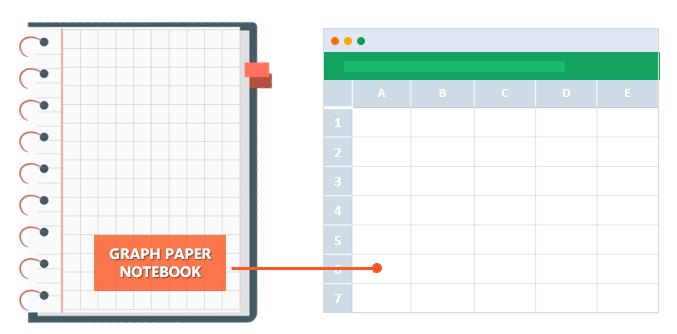
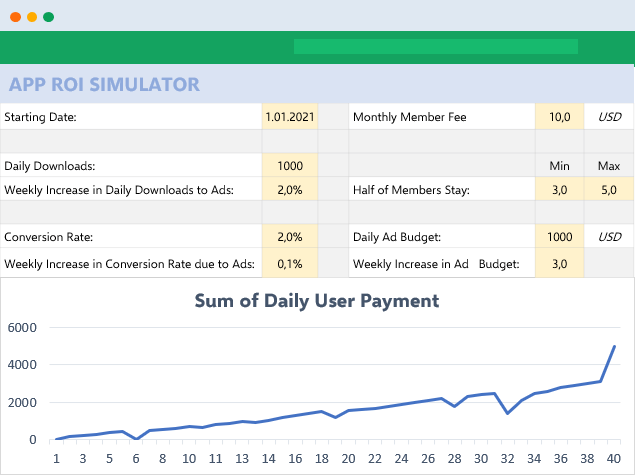
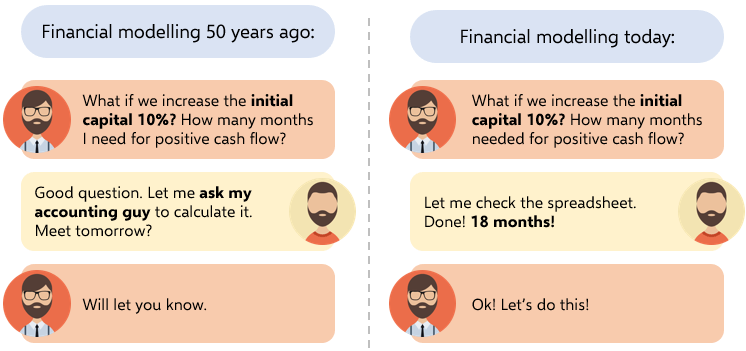
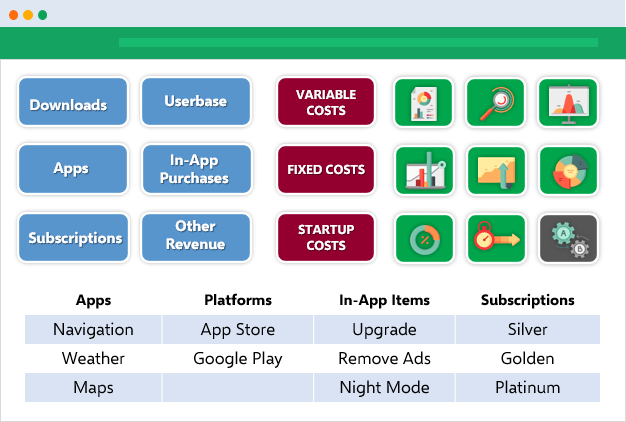
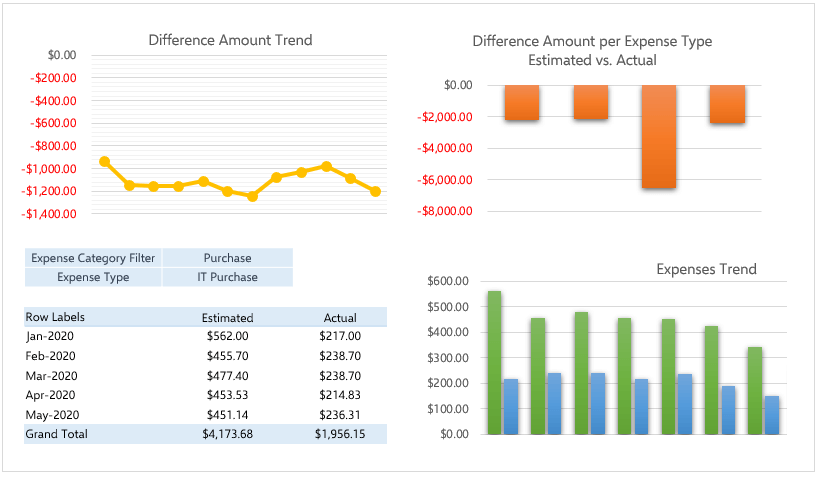
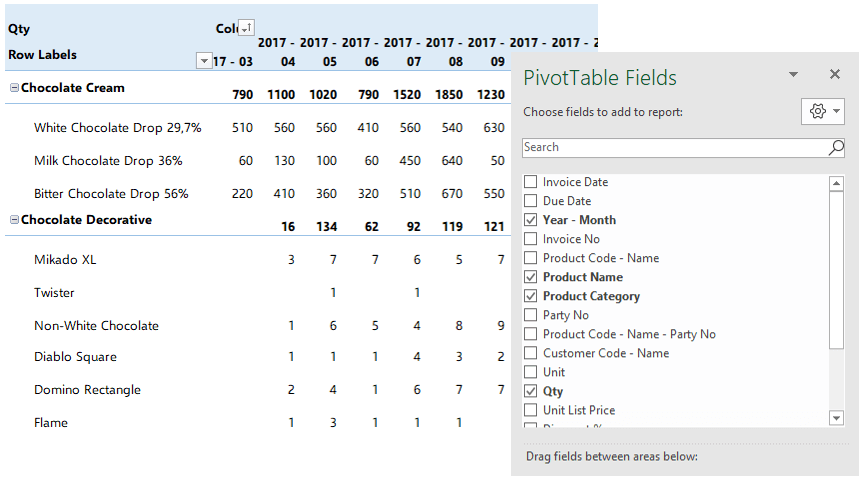
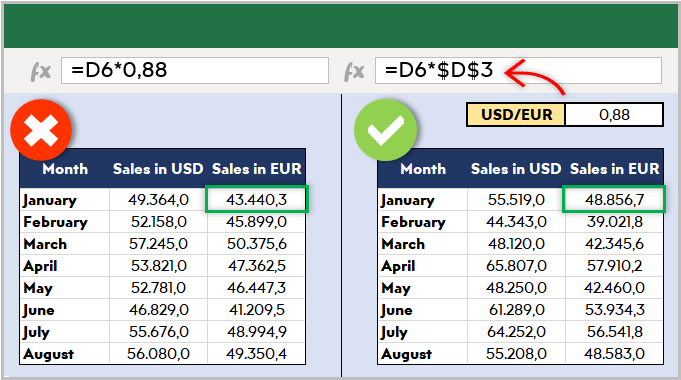
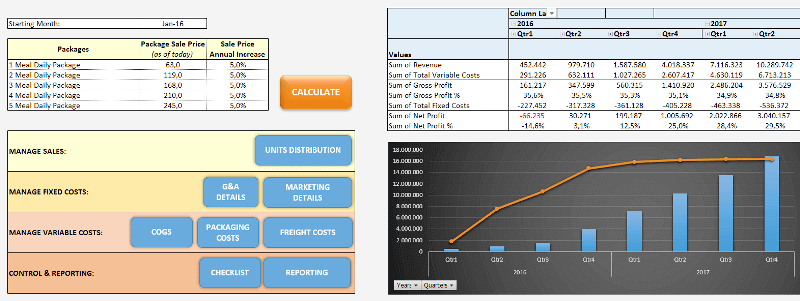
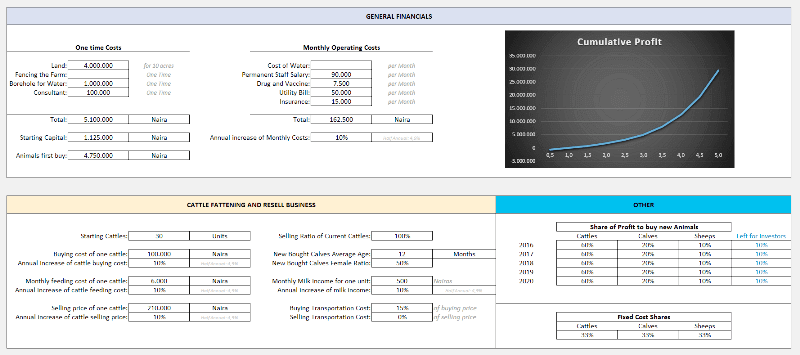
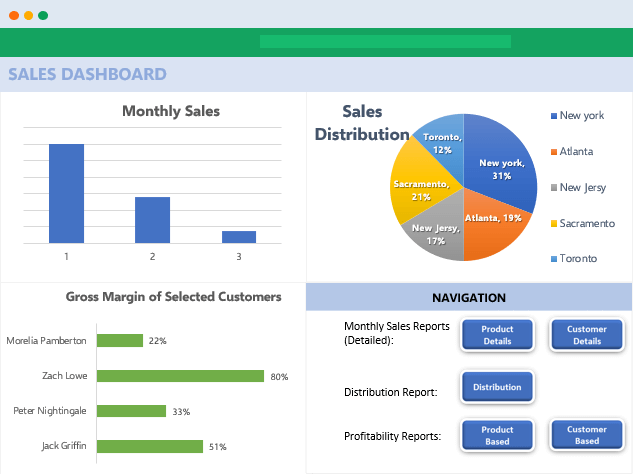
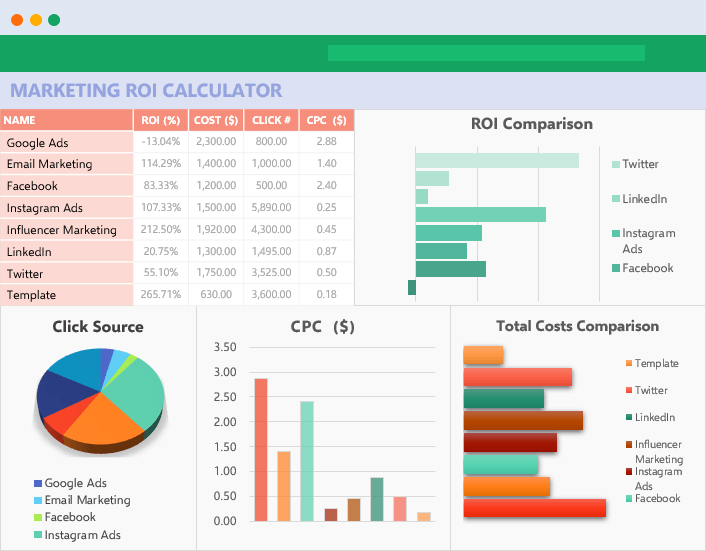
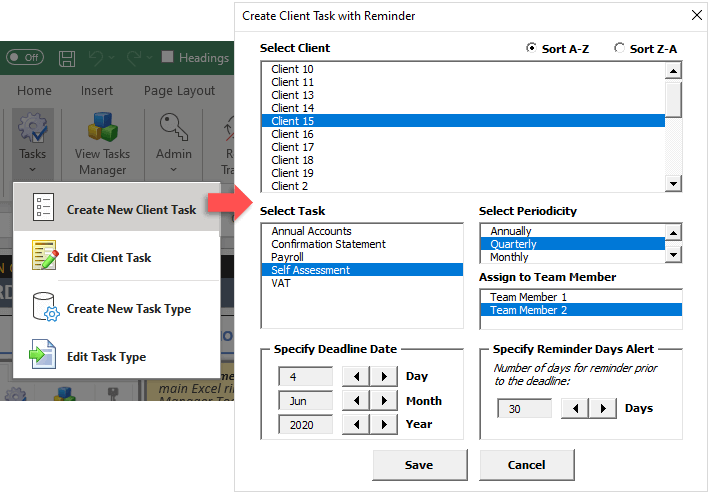
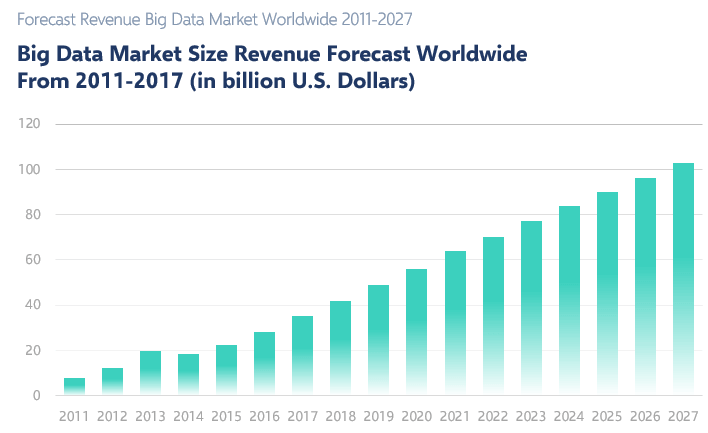
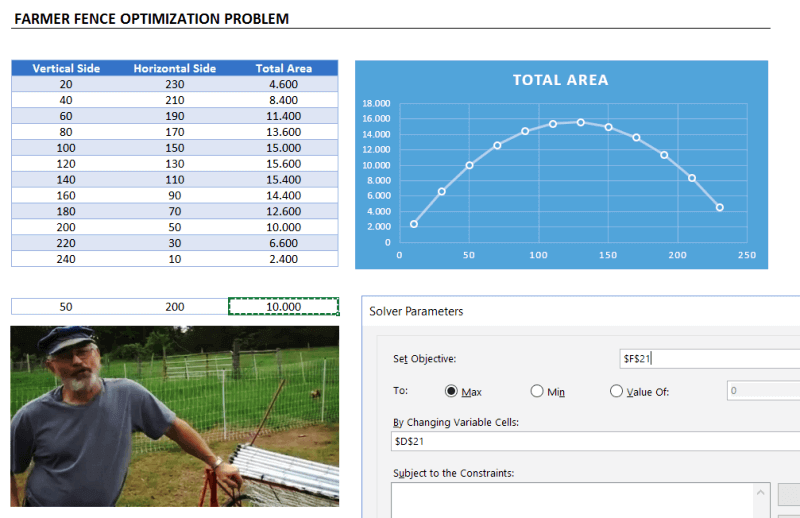
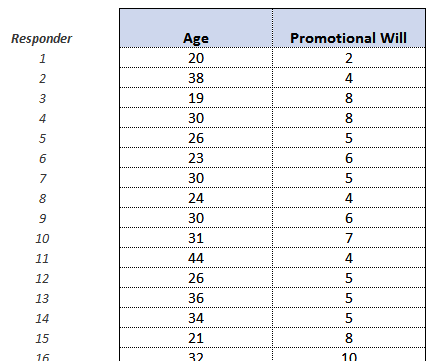
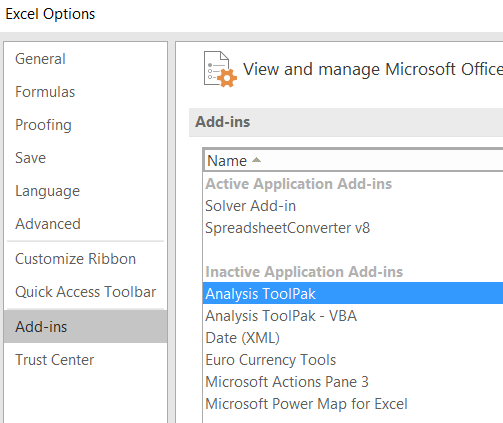
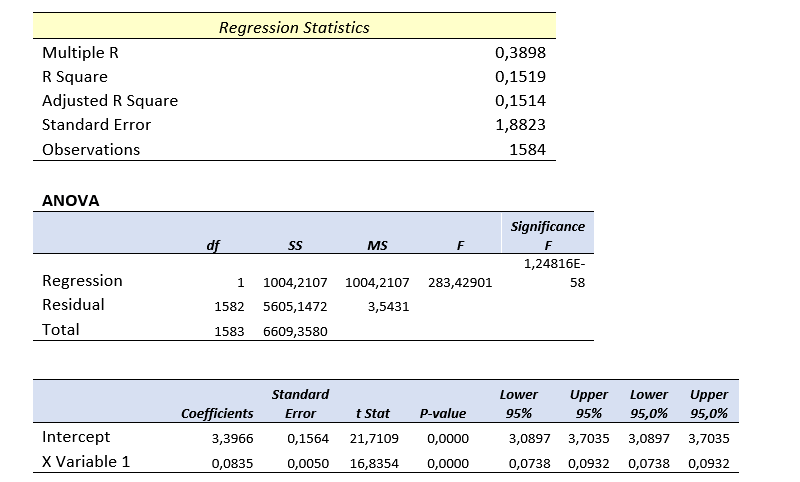
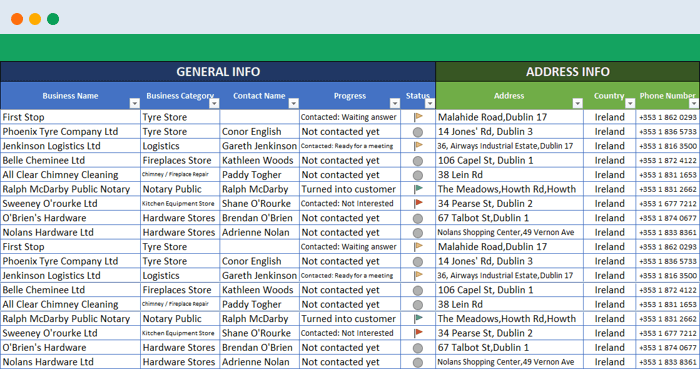
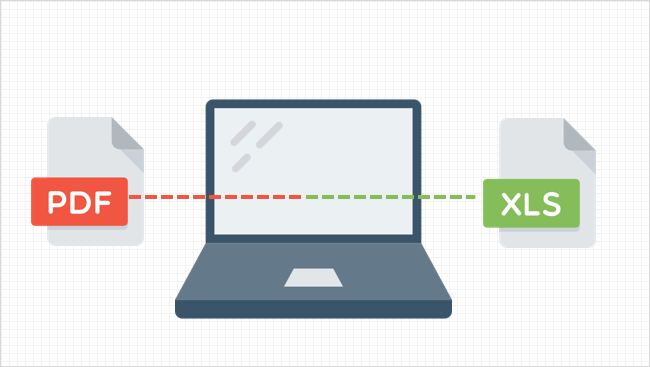
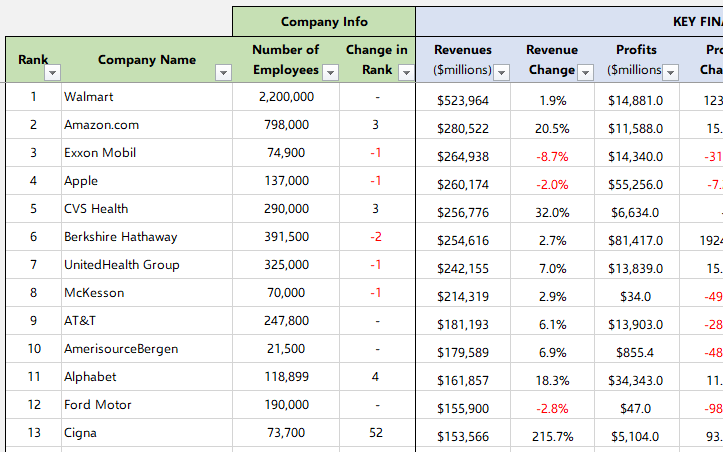
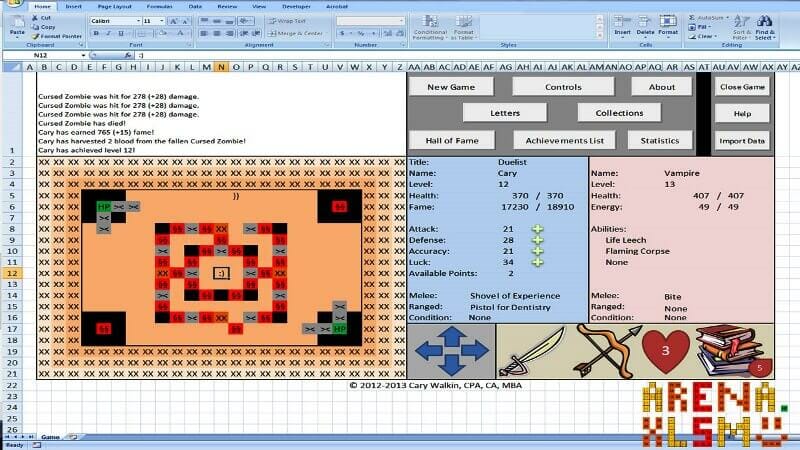
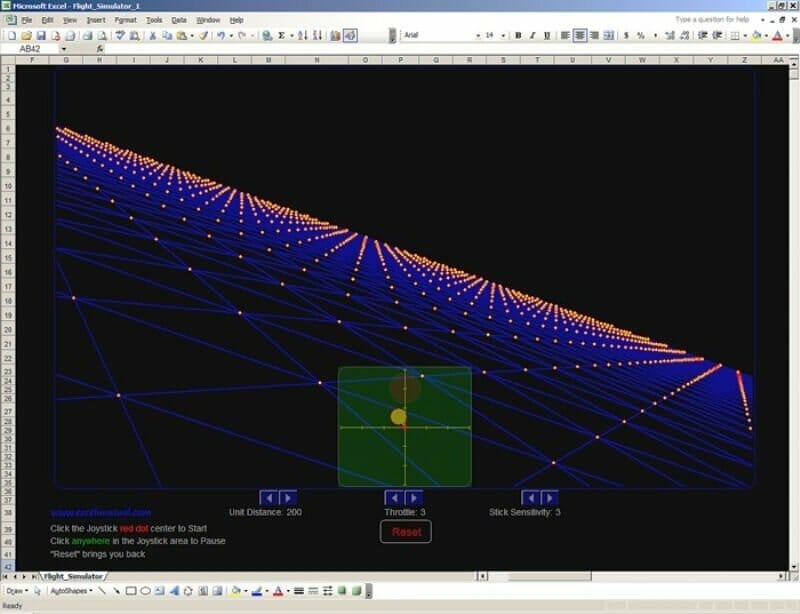
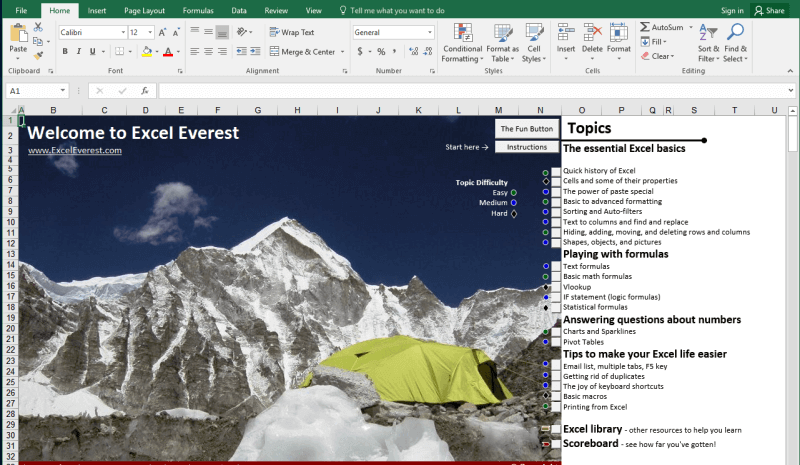
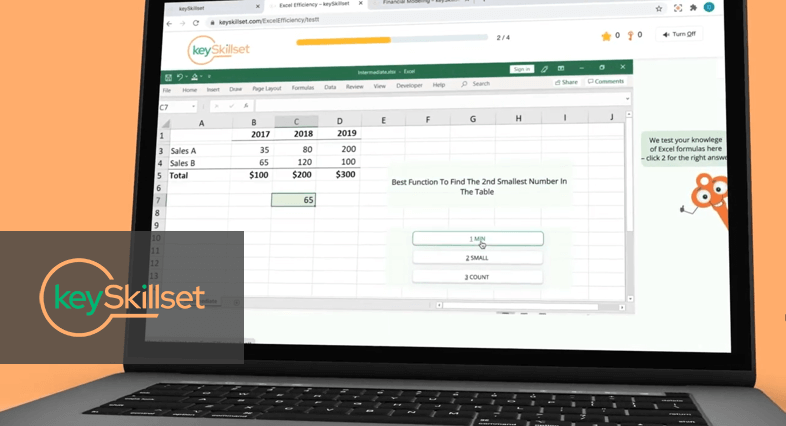
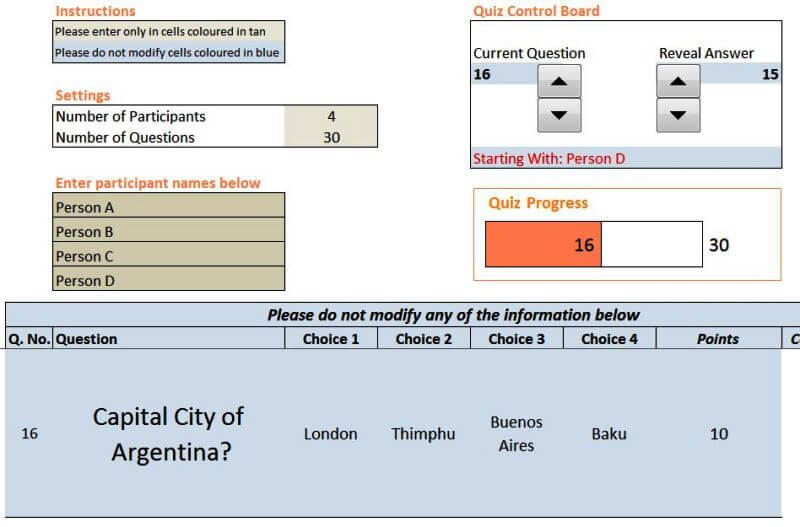
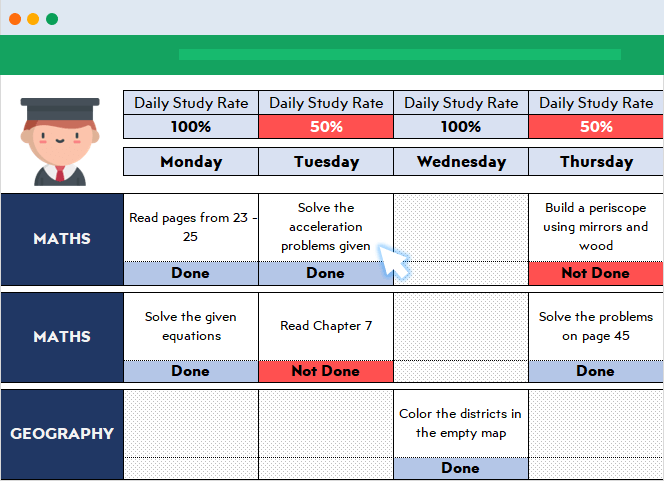
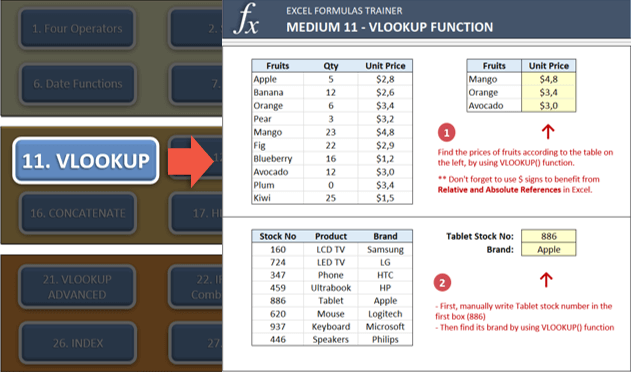
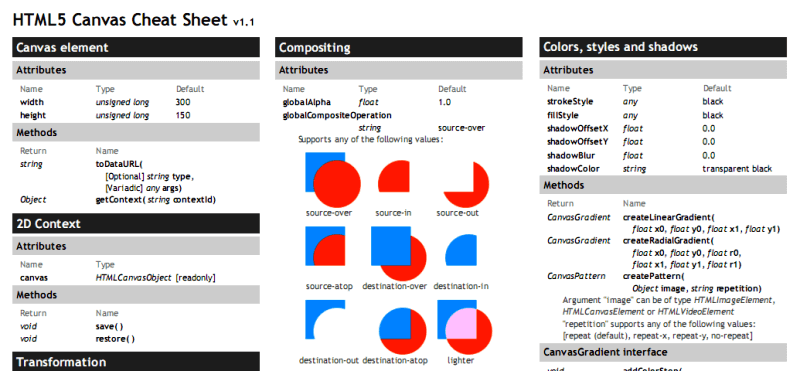
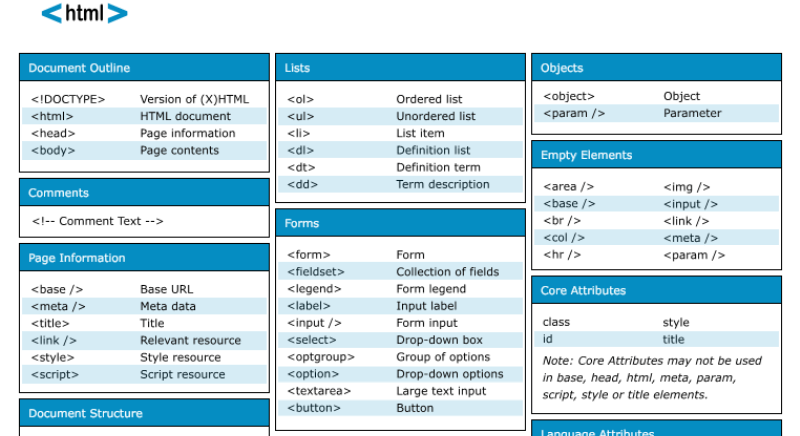
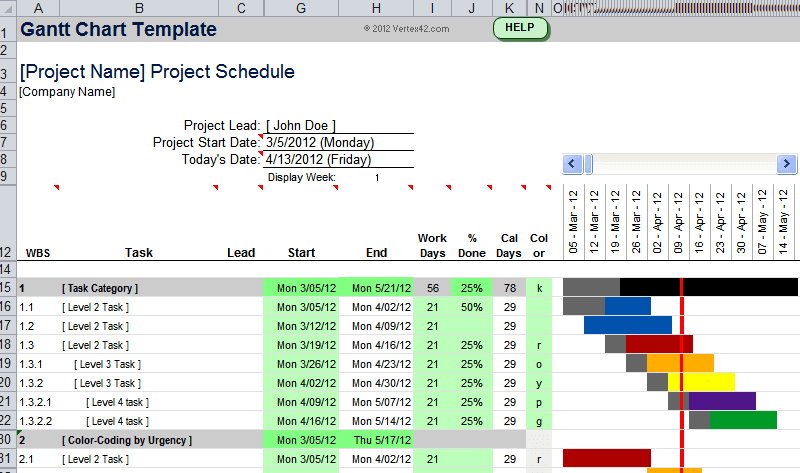
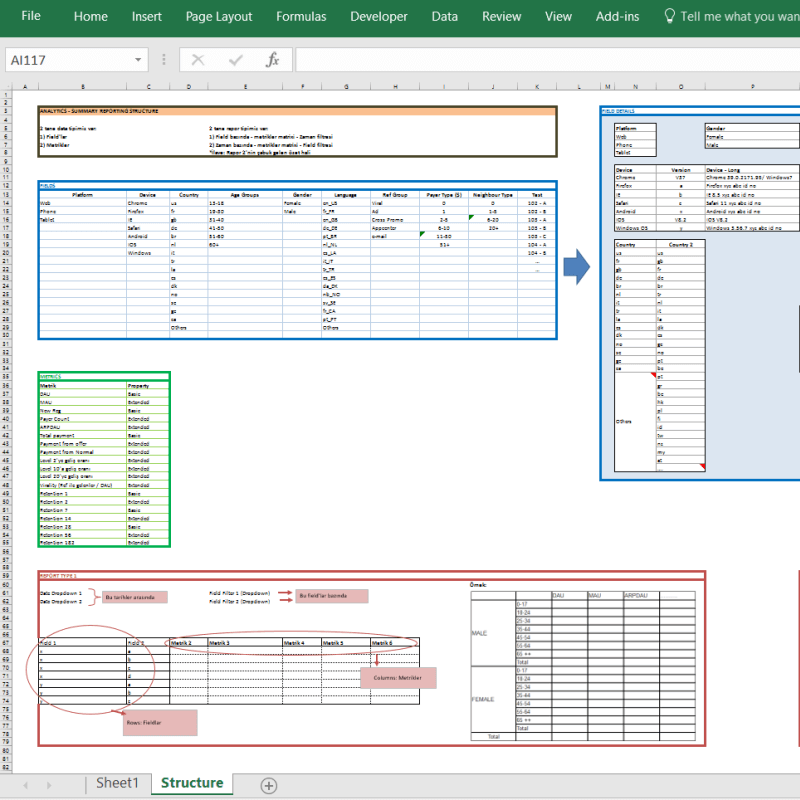

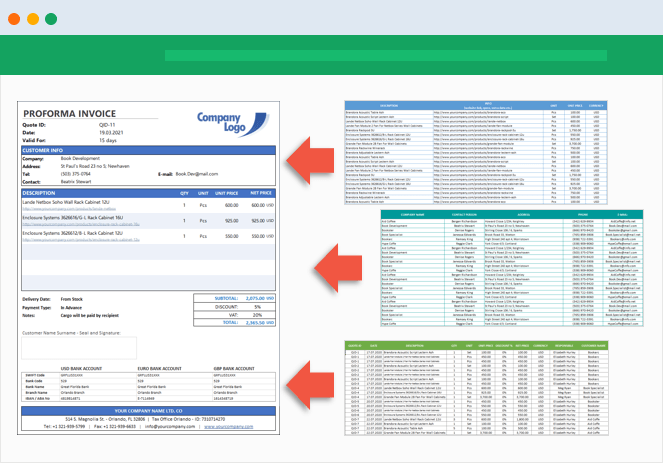

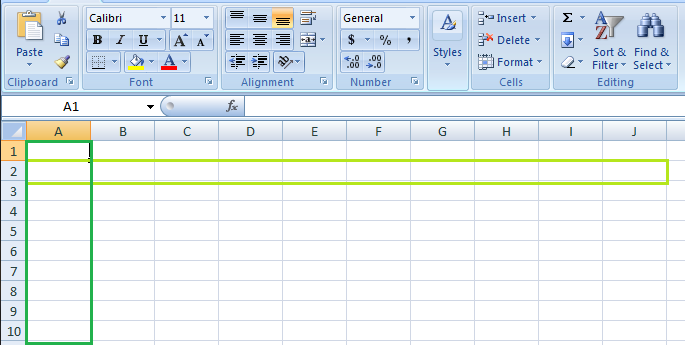

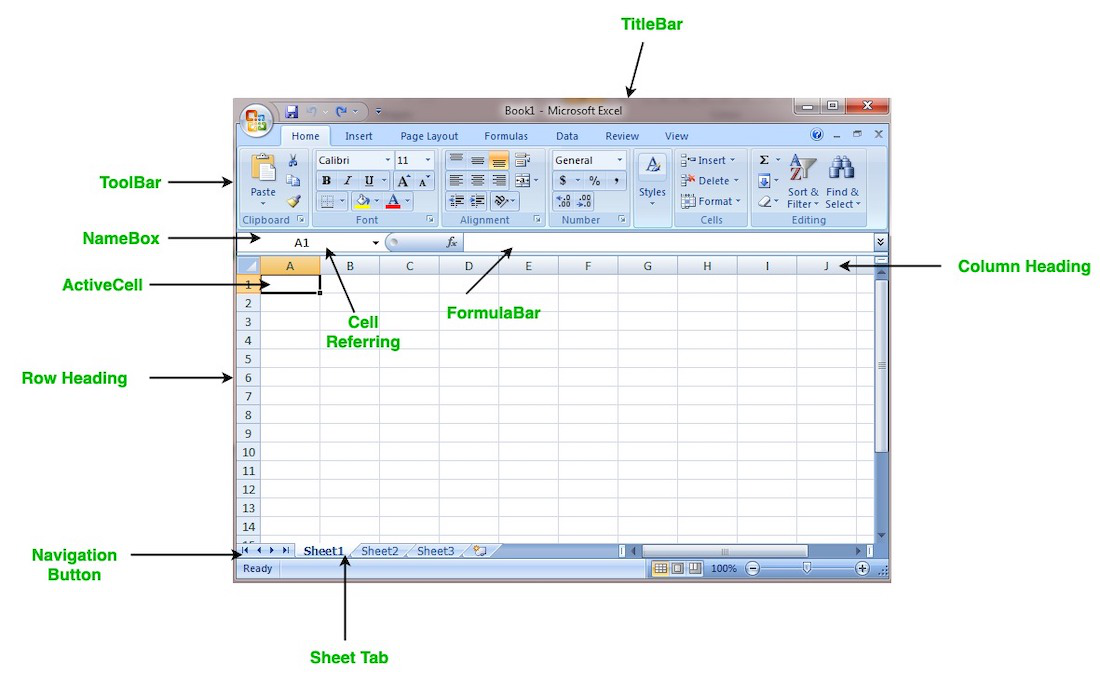




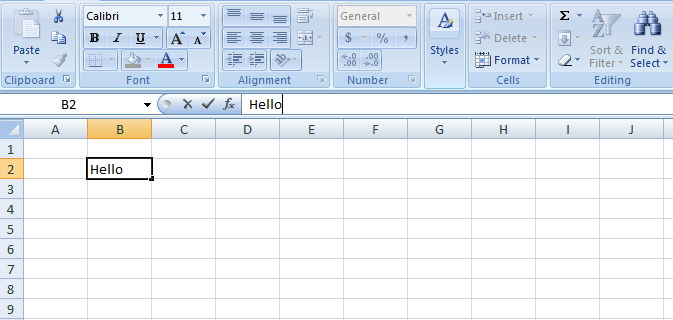
:max_bytes(150000):strip_icc()/ryanperiansquare-de5f69cde760457facb17deac949263e-180a645bf10845498a859fbbcda36d46.jpg)
:max_bytes(150000):strip_icc()/RowsandColumns-5a690dd96edd650037ee83cd.jpg)
:max_bytes(150000):strip_icc()/Formula-5a690e6d1f4e130039a7d806.jpg)
:max_bytes(150000):strip_icc()/FinancialData-5a690eff3de423001a6bea13.jpg)
:max_bytes(150000):strip_icc()/Charttools-5a690f77c673350019bb304b.jpg)
:max_bytes(150000):strip_icc()/TCSQ1-5a690c6b3418c6001912517e.jpg)




